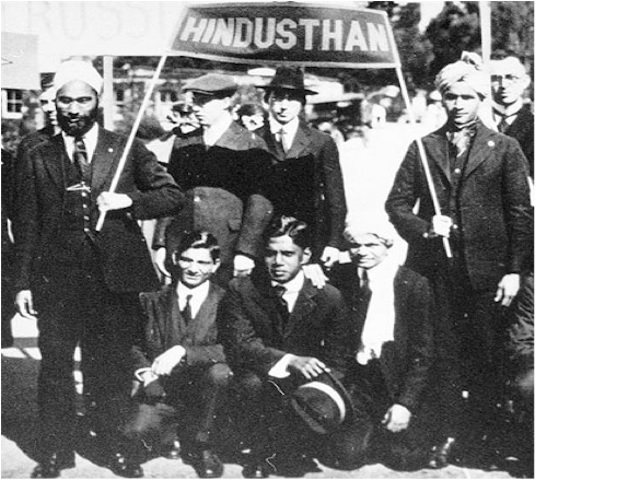Yuri’s indefatigable effort to build solidarity among all activists and oppressed people is what many will likely see as the hallmark of her legacy.
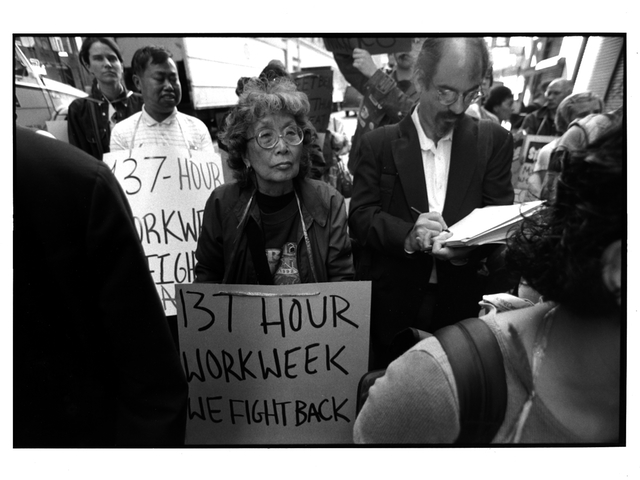
July 9, 2014
The following is a tribute to Japanese-American activist Yuri Kochiyama who died on June 1, 2014.
I am one of thousands whose lives were immensely touched by Yuri Kochiyama. Not all of those people are Asian American, but for those who are, Yuri directly and indirectly helped us connect our own identity struggles to the broader and more radical struggle for human liberation.
My first encounter with Yuri was in the fall of 1990. She was among the featured speakers at the landmark conference Malcolm X: Radical Tradition and a Legacy of Struggle, held in New York City to mark the 25th anniversary of Malcolm’s assassination.
In fact it wasn’t much of an encounter at all. We had driven into the city from out of town and I missed Yuri’s panel on the opening day. I only remember seeing this small-framed, bespectacled elderly East Asian woman sitting in the audience many rows away in a large auditorium. One of my friends spotted Yuri’s name listed in the program and recalled hearing of a Japanese American woman who was Malcolm’s close friend. Another friend said, “She must have been the woman whom people were constantly coming up to hug and kiss.”
Thus, I had some facile knowledge of Yuri’s intriguing history. But like many others, I grew up knowing nothing about her, and I went through much of my college education unaware of Yuri and the many struggles she had waged in the name of human rights. That would change soon enough.
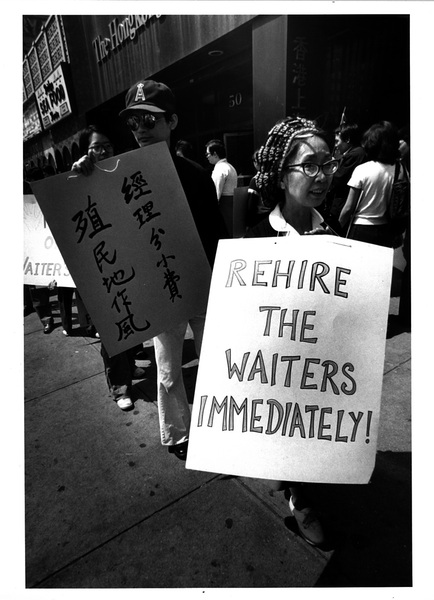
Having been immersed within the old Eurocentric curriculum I never took seriously in high school, I went into college with little sense of direction or purpose. I was quite clear that I was too much of a slacker or smart ass to pursue the stereotypical Asian American path of science, engineering, or medicine. That left business as the default option. Money is the medium of exchange in a capitalist order, and it’s an easily quantifiable way to measure success when you don’t have higher cultural or humanitarian aspirations.
My politicization began in 1988, when I decided I ought to at least read the newspaper on a regular basis and become an “informed” American voter. For a variety of reasons—the controversy over Iran-Contra, the ballooning deficit, rebelling against my Republican-leaning father—I had developed a superficially bad taste for Reagan and Bush. During the primary season I somehow committed to Michael Dukakis (Jesse Jackson had seemed a bit too extreme) and subsequently volunteered for his presidential campaign during my sophomore year at the University of Pennsylvania.
Dukakis was in his own way a decent and down-to-earth guy. Some years later, I even crossed paths with him riding the shuttle bus at UCLA. I thought about introducing myself and telling him of the formative role he had played in my turn toward radical activism. Who knows where my life might have headed if he had won? But combined with my increasing exposure to the sharp forms of racial segregation and class inequality that existed in Philly, Dukakis’s colossal defeat led directly to my search for a deeper and more radical analysis of social change that would take me far beyond the limits of mainstream political thought.
What I most immediately felt was the palpable divide between the wealthy campus and its impoverished surroundings (that have since been spectacularly gentrified). I changed majors from economics to history, and truth be told my focus was really African American history. The black/white contradiction was so sharp in the city that I felt I couldn’t make sense of my place in the world without studying it.
What I learned in those classes has stayed with me to this day. I still consider African American Studies to be one of my primary areas of work and scholarship. And yet, despite my altered course, my undergrad curriculum never truly addressed the concerns, dilemmas, and confusion I felt as an Asian American living in a city and nation that were largely defined in the binary discourse of race relations.
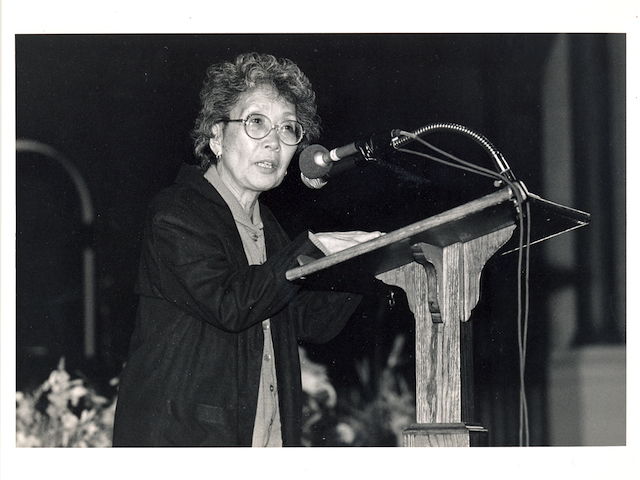
None of the deans or department chairs I approached took seriously my request for the university to offer just one introductory class in Asian American Studies. The dean of undergraduate studies said that Asian American Studies could at most merit a week’s worth of a syllabus devoted to immigration. That dismissive attitude was probably better than the pseudo-schooling I got from a well known white liberal professor of urban policy—the one who declared, based on a little exposure to urban legends and a lot of bravado, that Korean immigrants were more successful than Blacks at running inner-city businesses because they were desperately fleeing a war-ravaged country (South Korea in the 1980s!) and getting special government aid for refugees.
Such was the miseducation about Black/Asian relations I received at a supposedly world-class university. The irony that I’ve now spent nearly two decades writing and teaching college courses on this topic never strays far from the forefront of my mind.
But the most important thing to recall is that the critical lessons in history and politics I received came from outside the classroom. The same is generally true for most young people today. At the University of Michigan, popular education and consciousness raising continues through extracurricular programs and events held in the Yuri Kochiyama Lounge and through outreach to high school students through the Yuri Kochiyama Project.
One of the seminal moments for me was meeting Yuri in 1991 at a small campus event organized by Ellen Somekawa for Penn’s Greenfield Intercultural Center. Yuri came by herself, taking a series of trains from Harlem and accepting a token honorarium. I was immediately transfixed—though I’m embarrassed to admit now that I was not simply moved by her wisdom, I was also amazed in an ageist fashion that she was still organizing at the age of 70! (n.b. I’m writing this while preparing for the political activities surrounding Grace Lee Boggs’s ninety-ninth birthday.)
We were blown away by Yuri’s sweeping view of history and fierce commitment to revolutionary activism, complemented by her unmistakable humility and eagerness to learn from others. I remember we were contemplating among the group how Asian Americans should respond to the community boycott of the Korean American-owned Red Apple Store in Brooklyn. When I said I thought it was important to find some common point of struggle, Yuri asked me to elaborate on that thought. Then she offered encouraging praise after I said something loosely coherent about African Americans and Asian Americans needing to come together to condemn the banks for redlining and exploitation of communities of color. I still have a tape recording of that presentation somewhere in storage.
Next I was given the honor to write her entry for the Japanese American National Museum’s history encyclopedia. Several years later, I went to see her in Harlem to ask if she would participate in the Serve the People Conference, which I helped coordinate in Los Angeles in 1998. In their joint appearance, Yuri and Grace Lee Boggs dropped bombs of wisdom and brought down the house. Many people have since told me what a historic and life-changing gathering that was. To the best of my knowledge, it’s the only time Yuri and Grace ever shared the stage.
Visiting Yuri in her high-rise apartment complex was an unforgettable experience. Fortified by countless tons of concrete, it was redolent of America’s aborted mid-20th century effort to provide affordable housing for the masses—the exact sort of structures that have been disparaged and torn down in big cities all over the map, beginning with the infamous demolition of Minoru Yamasaki’s Pruitt-Igoe and the more recent destruction of much-maligned but culturally rich places like Chicago’s Cabrini Green and Detroit’s Brewster Projects.
Passing through the gates and ascending to the upper floors of her building provided a strong sense of how she was a pillar of the community literally living in a pillar of the community. Like James and Grace Lee Boggs, the Kochiyamas for many decades called home a modest, spartan residence that firmly situated them within the working-class community in which they organized. The real wealth on display in her home were the signs of history and movement activism visible on every wall and counter. Posters, flyers, letters, and, of course, the bears. Dozens and dozens of teddy bears, each one cherished by Yuri and a symbol of how many friends and comrades have expressed their love for her.
My friend Eric Tang had told me that the first time he visited Yuri, his brother taught him to “bring a bear.” While I utterly failed that first-time visitor test, I tried to atone by giving Yuri a plush UCLA bruin as a thank you for speaking at the Serve the People Conference. The following year I bought her a Cal bear when she spoke at the Asian Left Forum at UC Berkeley. For some reason, she decided to mention me twice in connection with these events in her autobiography, Passing It On. The fact that many other folks worked much more closely with Yuri than I did shows how much she went out of her way to acknowledge every respect paid to her and honor every contribution large or small to movement building.
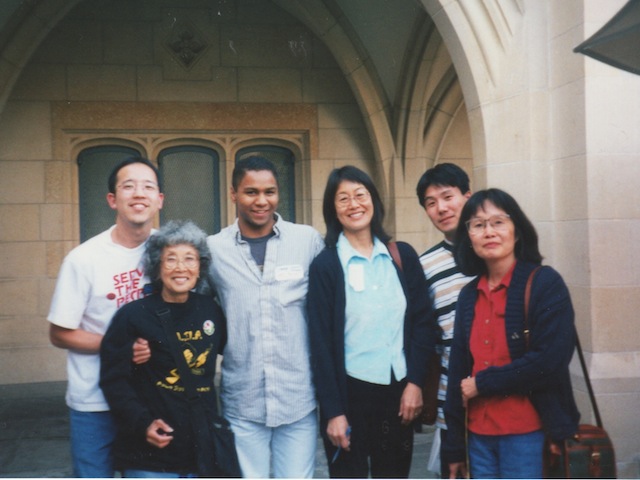
Indeed, I would refer folks to scholars like Diane Fujino to gain deeper insights into Yuri’s role in the movement based on extensive archival research and personal interviews. To get a well-rounded view (without needlessly prying) helps us go beyond the simplistic and ultimately deflating ways we too frequently put our heroes up on a pedestal. For instance, when remembering iconic figures who’ve lived so much of their lives in public view, it’s important to consider how challenging it can be for lifelong activists (like Yuri and Malcolm) to carry on with intense public struggles while also caring for their families and attending to their private needs. Movement folk need to keep working on how to make our work and struggles as holistic as possible and how we can support others in these projects.
In the end, my thoughts lie mainly in the realm of personal reflection combined with a more general analysis of Asian American and social movement history. Yuri emerged politically from the post-World War II Bandung Era of Third World Liberation and Afro-Asian Unity. That’s the context that shaped her professed revolutionary nationalism. (And it must be more than a coincidence that she shared birthdays with both Malcolm and Ho Chi Minh.)
The events of World War II spurred the rise of decolonization in Vietnam and throughout much of the Third World. But the postwar timing of these national liberation movements were also crucial for Yuri as a Nisei incarcerated in the wartime concentration camps. Though the U.S. government ultimately let Yuri and other Nisei leave the camps, their return to civilian life was accompanied by a program of forced assimilation and the conscious dismantling of the pre-war Japanese immigrant community and ethnic economy. This was, of course, the original basis of the insidious and manipulative racialization of Japanese Americans as a model minority.
Yuri turned the model on its head. While she didn’t return to the West Coast where Japanese Americans had been concentrated, she turned away from the majority white social order, immersing herself in Harlem just in time for the eruption of the civil rights movement and a new Black political awakening. To be certain, only a small percentage of her Nisei peers followed her path. But Yuri became the ultimate role model for Sansei coming of age during the rebellions of the 1960s and the Black and Yellow Power movements.
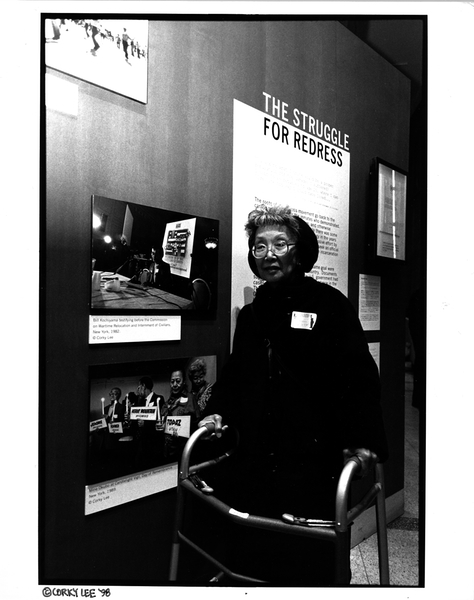
Although Yuri’s militant activism and infectious spirit made her legendary, she reminds us that the Bandung era was also tied to paradigm shifting ideas and theories. A whole new concept of subject and humanity, expressed by the likes of Frantz Fanon and Angela Davis, emerged from the movement. A serious intellectual, Yuri was an avid student of anti-colonial history and writing. I once saw her speak at the Museum of Tolerance during her residency at UCLA in the late 1990s. She was still recovering from her stroke, but that did nothing to stop her from delivering an epic, tour-de-force account of the global history of Afro-Asian political solidarity.
Yuri’s indefatigable effort to build solidarity among all activists and oppressed people is what many will likely see as the hallmark of her legacy. She was the ultimate anti-sectarian—so much so that some radicals saw her as uncritically embracing fringe elements of the left. No doubt she built associations in some instances that were different than my own. But her relentless pursuit of solidarity expressed a higher principle. As her staunch advocacy for political prisoners demonstrated most cogently, Yuri believed that the movement had to care for everyone involved in the struggle, especially those who were most vulnerable and subject to repression.
She also believed that everyone in the struggle should find a way to work together at the highest level of unity achievable. Perhaps this was her response as an elder witnessing the 1960s generation of radicals torn apart by infighting—some of which was driven by the FBI but much of which was also self-flagellating. I have to believe that her views were also shaped by her experience during World War II, when Japanese Americans were such pariahs that every rare ally was cherished and relevant.
We could fill endless pages with memorable quotes from Yuri. But I think her vision of solidarity was perfectly summed up with these lines that brought a standing ovation at the 1998 conference: “Serve the people at the bottom. The people at the top don’t need your help!”
It’s hard to imagine a world without Yuri, and it will indeed be very difficult for many of us to soldier on the way we know she would want us to do. What helps me is knowing with absolute certainty that her spirit lives on through the thousands upon thousands of souls she moved so deeply.


